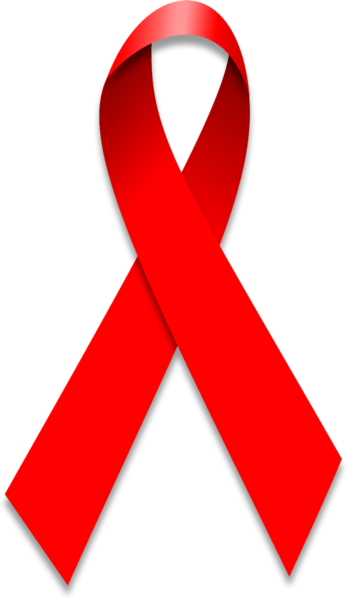The rate of HIV/AIDS through sexual transmission has doubled over the past couple of years in Iran, according to officials.
“The rate of HIV/AIDS has seen an increase to 30% from the earlier 15% after the transmission patterns saw a shift from needles/syringes to sexual transmission in recent years,” deputy health minister Dr. Ali Akbar Sayyari was quoted by ISNA as saying.
Shirin Ahmadnia, head of the State Welfare Organization’s Social Harm Prevention Office, said the rate has seen a sharper increase in women.
“HIV/AIDS infection used to occur more among men in the past decades, but it has recently seen a rise among women as they are contracting the virus at a faster pace than men,” she told ILNA.
Despite efforts to control its spread, the desirable level of success has not been achieved due to the social and cultural barriers, Sayyari said.
“The latest trends in the transmission of the disease should alert us on the need and significance of spreading public awareness,” the official noted. “However, there are cultural constraints in this aspect that impede our work.”
Various measures have been taken to keep the disease in check over the past decade.
These include setting up harm reduction centers (where homeless men and women can visit to get tested for HIV/AIDS, hepatitis B and C, and receive necessary education as well as means of prevention), methadone therapy for de-addiction which lacks the risks of transmitting the virus and drop-in centers (DICs) for street addicts (where they can get a meal, wash up, and receive clean syringes and medicine).
Treatment of Behavioral Diseases
The government has also set up triangular clinics since 20 years as centers for treatment of behavioral diseases, which were later extended to prisons, Sayyari added.
In a three-pronged strategy, such clinics seek to address injecting drug users through a harm reduction approach, provide services for treatment of sexually transmitted diseases (STDs) and care and support for people with HIV/AIDS.
Nearly 80,000 people in Iran are living with HIV, including 71,000 aged 15 years and above. There have been 4,000 deaths due to AIDS so far.
“There has been a nine-fold growth in the number of people with AIDS in the past 11 years and an 80% increase each year,” Health Minister Hassan Hashemi had said soon after taking office in 2013.
He expressed serious concern over the rising number of people with HIV in the country, complaining that the current taboo prevents patients from receiving treatment. “The trend is shifting from transmission through syringe-sharing drug addicts to transmission through high-risk sexual activities.”


